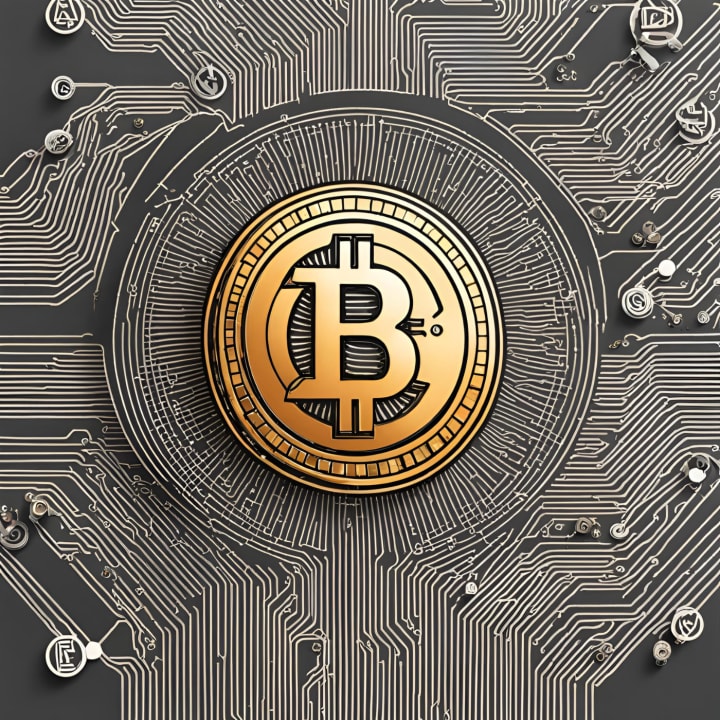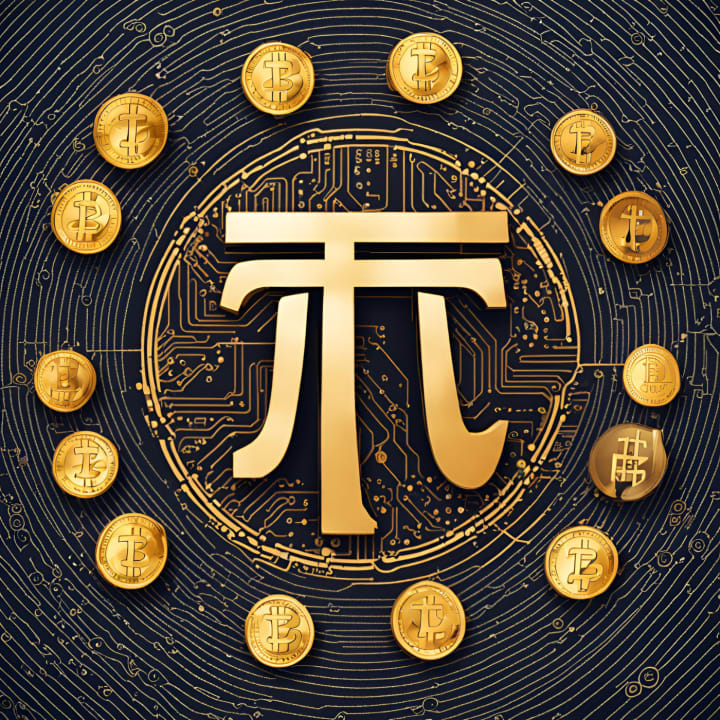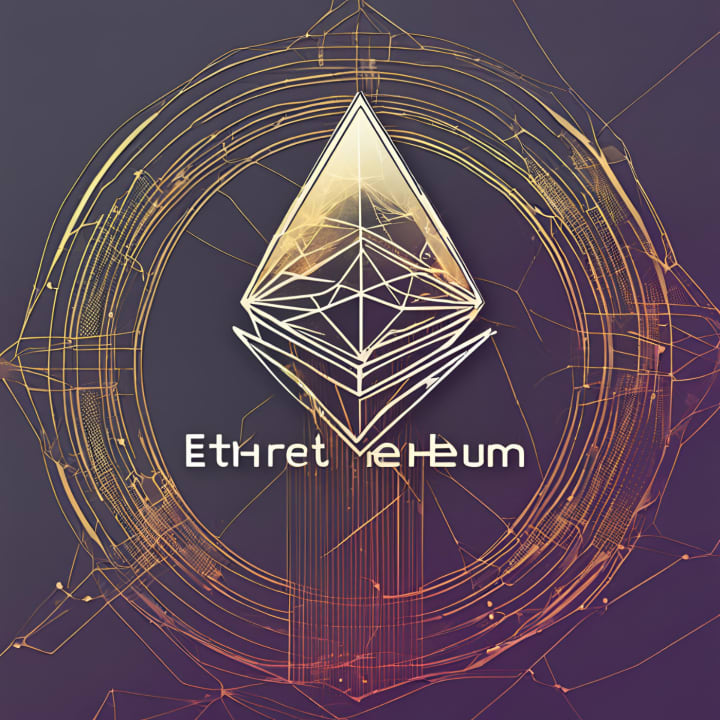Fiat Money and Digital Currency
The readiness of the world to adopt Digital Currency (Electronic Currency).

Fiat Money and Digital Currency.
The readiness of the world to adopt Digital Currency (Electronic Currency).
The world is rapidly shifting towards a digital economy, and the concept of money is undergoing a significant transformation. Traditional "fiat" money, also known as "fired money" due to the printing process, is being complemented and, in some cases, replaced by digital money.
Fired money, which has been the backbone of global commerce for centuries, is physical currency issued by central banks. It's called "fiat" because its value is declared by the government, rather than being backed by a physical commodity like gold or silver. The production of fired money involves a printing process, where paper bills are created and distributed to the public.
On the other hand, digital money exists only in electronic form and is stored on digital devices or online accounts. It's transferred and exchanged through digital channels, such as mobile payments, online banking, and cryptocurrencies like Bitcoin and Ethereum.

The rise of digital money is driven by several factors:
1. Convenience: Digital money offers ease of use, speed, and accessibility, making transactions faster and more efficient.
2. Security: Digital transactions are often more secure than traditional cash, with built-in encryption and authentication protocols.
3. Inclusion: Digital money can reach underserved populations, promoting financial inclusion and access to banking services.
4. Efficiency: Digital money reduces the need for physical currency management, such as printing, storage, and transportation.
The shift towards digital money has significant implications for the global economy and society:

1. Central banks are exploring digital currencies (CBDCs) to complement traditional fiat money, enhancing monetary policy and financial stability.
2. Cryptocurrencies are decentralized, meaning they operate independently of governments and traditional financial systems, offering an alternative to traditional money.
3. Mobile payments and digital wallets are becoming increasingly popular, revolutionizing the way we make transactions.
4. The rise of digital money poses challenges for traditional banking and financial institutions, forcing them to adapt and innovate.

However, the transition to digital money also raises concerns:
1. Privacy and data security: Digital transactions leave a digital trail, potentially compromising individual privacy and security.
2. Inequality: The shift to digital money may exacerbate existing financial inequalities, as some individuals may lack access to digital technologies.
3. Regulation: The lack of clear regulations and standards for digital money creates uncertainty and potential risks.
4. Environmental impact: The production and disposal of physical currency have environmental implications, while digital money may reduce waste but consumes energy.
As the world moves towards a digital economy, it's crucial to address these challenges and ensure a smooth transition. This includes investing in digital infrastructure, promoting financial literacy and inclusion, and developing robust regulations and security measures.
Advantages of Fiat Money
1. *Stability and Trust**: Governments and central banks manage fiat money, ensuring its stability. They can implement monetary policies to control inflation and stabilize the economy.
2. *Widely Accepted: Fiat money is universally accepted within the issuing country, making it a convenient medium for transactions.
3. *Regulation and Control: Governments have the power to regulate and control fiat money, which helps prevent illegal activities like money laundering and fraud.
Challenges of Fiat Money
1. * Inflation: Overprinting of fiat money can lead to inflation, reducing the purchasing power of the currency.
2. * Centralized Control: The centralized nature of fiat money means that its value and supply are controlled by governments and central banks, which can sometimes lead to economic mismanagement.
3. * Cost of Production: Printing, minting, and maintaining physical money involves significant costs.
Diagram: Fiat Money System
Fiat Money System
Digital Currency
Characteristics
Digital currency, also known as electronic money or cryptocurrency, exists purely in digital form and is typically decentralized. It relies on cryptographic technologies to secure transactions and control the creation of new units.
Types of Digital Currency
1. * Cryptocurrencies: Decentralized digital currencies, such as Bitcoin and Ethereum, that operate on blockchain technology.
2. * Stablecoins: Digital currencies pegged to a stable asset like fiat money or commodities to minimize price volatility.
3. * Central Bank Digital Currencies (CBDCs): Digital versions of fiat currencies issued and regulated by central banks.

Advantages of Digital Currency
1. * Lower Transaction Costs: Digital transactions are often cheaper than traditional banking transactions, particularly for cross-border payments.
2. * Decentralization: Cryptocurrencies operate on a decentralized network, reducing the risk of a single point of failure.
3. * Speed and Efficiency: Digital currency transactions can be processed faster than traditional banking transactions, especially international transfers.
Challenges of Digital Currency
1. * Regulatory Issues: The regulatory environment for digital currencies is still evolving, leading to uncertainty.
2. * Volatility: Cryptocurrencies are known for their price volatility, which can deter mainstream adoption.
3. * Security Risks: Despite advanced encryption, digital currencies are susceptible to hacking and cyber theft.
Diagram: Digital Currency System
Digital Currency System
Comparison of Fiat Money and Digital Currency
Similarities
1. * Medium of Exchange: Both can be used to purchase goods and services.
2. * Unit of Account: Both serve as a standard of value for pricing goods and services.
3. * Store of Value: Both can be used to save wealth over time.
Differences
1. * Tangible vs. Intangible: Fiat money can exist as physical notes and coins, whereas digital currencies are purely electronic.
2. * Centralization: Fiat money is centralized and controlled by governments, while many digital currencies are decentralized.
3. * Supply Control**: The supply of fiat money is controlled by central banks, whereas the supply of many digital currencies is governed by algorithms.
Readiness for a New Financial Order
Technological Infrastructure
The readiness for adopting digital currencies heavily depends on the technological infrastructure of a region. Countries with advanced digital infrastructure and high internet penetration rates are better positioned to adopt digital currencies.
Regulatory Framework
A clear and supportive regulatory framework is crucial for the adoption of digital currencies. Countries with progressive regulatory environments that encourage innovation while ensuring security and consumer protection are likely to lead in the adoption of digital currencies.
Public Awareness and Trust
Public awareness and trust in digital currencies are essential for widespread adoption. Efforts to educate the public about the benefits and risks of digital currencies can enhance their acceptance.
Financial Inclusion
Digital currencies have the potential to improve financial inclusion by providing access to financial services for the unbanked population. Countries with a large unbanked population may benefit significantly from the adoption of digital currencies.
Diagram: Factors Influencing Adoption of Digital Currencies
Factors Influencing Adoption
Case Studies
1. * China: China has been a frontrunner in the development and implementation of a Central Bank Digital Currency (CBDC), known as the Digital Yuan. The country has conducted extensive pilot programs to test the digital currency in various cities.
2. * El Salvador: El Salvador made headlines by becoming the first country to adopt Bitcoin as legal tender. The move has sparked debates about the feasibility and implications of using cryptocurrency at a national level.
3. * European Union: The European Central Bank is exploring the development of a digital euro, aiming to complement cash and support the digital economy.
Challenges to Global Adoption
1. * Regulatory Harmonization: Different countries have varying regulatory approaches to digital currencies, which can complicate cross-border transactions.
2. * Technological Barriers Inadequate technological infrastructure in some regions can hinder the adoption of digital currencies.
3. * Economic Disparities: Economic instability in certain countries may affect the implementation and stability of digital currencies.
Future Prospects
The future of money is likely to be a hybrid system where fiat money and digital currencies coexist. Governments and financial institutions are increasingly recognizing the potential of digital currencies and are working towards integrating them into the existing financial system. Innovations such as blockchain technology, digital wallets, and decentralized finance (DeFi) platforms are expected to drive the evolution of the financial landscape.
Diagram: Future Financial Ecosystem
Future Financial Ecosystem
Conclusion
The transition from fiat money to digital currencies represents a paradigm shift in the global financial system. While fiat money continues to play a dominant role, the rise of digital currencies offers numerous advantages, including lower transaction costs, increased financial inclusion, and greater efficiency. However, the journey towards a new financial order is fraught with challenges, including regulatory hurdles, technological barriers, and the need for public trust and awareness.
The readiness of the world to adopt digital currencies varies across regions, influenced by factors such as technological infrastructure, regulatory environment, and economic stability. Countries leading in digital innovation, such as China and those in the European Union, are paving the way for broader adoption.
As we move forward, a balanced approach that leverages the strengths of both fiat money and digital currencies, while addressing their respective challenges, will be crucial for building a resilient and inclusive financial system. The future of money is not just about replacing physical cash with digital equivalents, but about reimagining the entire financial ecosystem to meet the needs of a rapidly evolving digital world.
About the Creator
Peter Oset
I am a Passionate innovator and relentless problem solver. With a background in Political Science and a flair for creativity, I have spent years shaping solutions that bridge the gap between social political development environment.
Enjoyed the story? Support the Creator.
Subscribe for free to receive all their stories in your feed. You could also pledge your support or give them a one-off tip, letting them know you appreciate their work.





Comments
There are no comments for this story
Be the first to respond and start the conversation.